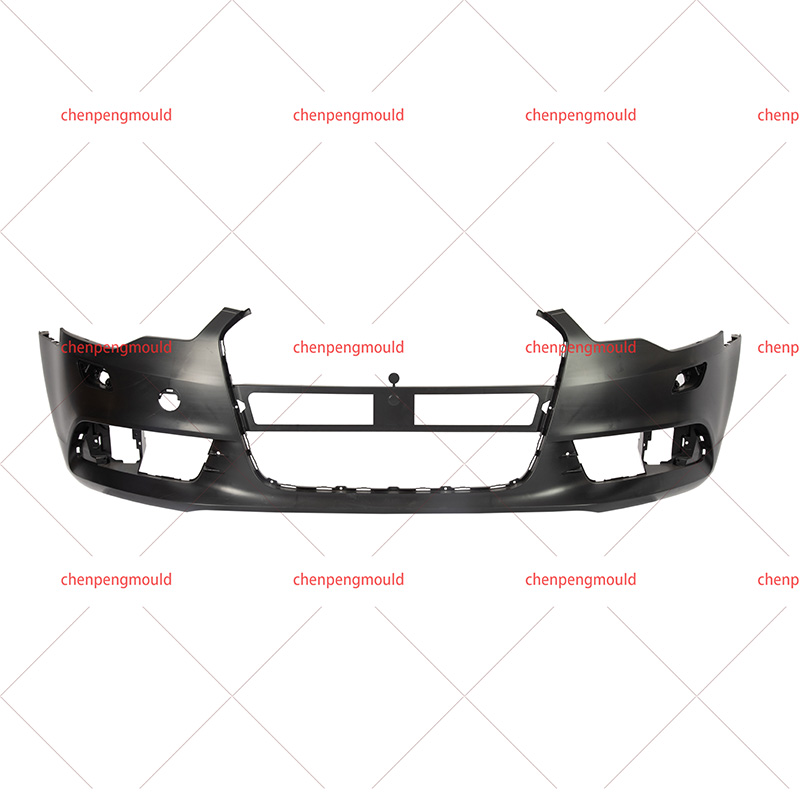In the dynamic world of automotive customization, enthusiasts often explore various avenues to impart a unique personality to their vehicles. One popular modification is the alteration of bumpers, where individuals seek to enhance aesthetics while maintaining the safety and performance standards set by manufacturers. Understanding which operations do not compromise a vehicle's safety is crucial for enthusiasts embarking on the journey of bumper modification.
1. Material and Design Choices:
One key aspect that allows for safe bumper modifications is the careful selection of materials and design elements. Choosing high-quality materials such as polyurethane or other impact-absorbing compounds ensures that the modified bumper can effectively absorb and disperse energy in the event of a collision. The design should also be aerodynamically sound, avoiding any alterations that might negatively impact the vehicle's stability.
2. Integration of Safety Features:
Safety features, such as parking sensors and collision detection systems, are often integrated into the original bumper design. When modifying the bumper, enthusiasts should take special care to retain and properly reinstall these features. Ensuring that sensors are correctly positioned and calibrated post-modification is crucial to maintain the vehicle's safety functionality.
3. Structural Reinforcement:
Modified Bumper:
Reinforcing the structural integrity of the modified bumper is a safety-conscious approach. This can involve adding support brackets or reinforcing bars to maintain the bumper's strength. By enhancing the structural aspects, enthusiasts can achieve a customized look without compromising the bumper's ability to withstand impacts and protect the vehicle's occupants.
4. Aerodynamics and Stability:
Bumper Modification:
Aerodynamics and vehicle stability are critical considerations during bumper modifications. Changes to the bumper's shape or design should not negatively impact the vehicle's aerodynamic profile or stability. Maintaining a well-balanced and aerodynamically efficient vehicle contributes to overall driving safety, especially at higher speeds.
5. Installation by Professionals:
Modified Bumper:
Opting for professional installation is a safety-centric decision. Professional installers are experienced in ensuring that modifications align with safety standards. They can expertly integrate the modified bumper with the vehicle's existing safety features, minimizing the risk of potential issues that could compromise safety.
6. Compliance with Safety Regulations:
Bumper Modification:
Every region has specific safety regulations governing vehicle modifications. Enthusiasts must research and understand these regulations to ensure that their modified bumpers comply with safety standards. This includes considerations for bumper height, lighting configurations, and other factors that influence the vehicle's safety on the road.
7. Testing and Quality Assurance:
Modified Bumper:
Before considering a modified bumper safe for road use, thorough testing and quality assurance checks are essential. This involves evaluating the impact resistance, structural integrity, and safety features of the modified bumper. Ensuring that the bumper meets or exceeds safety standards is a responsible approach to customization.
8. Regular Maintenance and Inspection:
Bumper Modification:
Even after successful modification, ongoing maintenance and inspection are crucial for safety. Enthusiasts should regularly check the modified bumper for signs of wear, damage, or misalignment. Prompt addressing of any issues helps maintain the safety and functionality of the customized bumper.
Balancing the desire for a stylish, modified bumper with a commitment to safety is paramount for automotive enthusiasts. Prioritizing safety ensures that the road remains a safer place for both the vehicle's occupants and fellow motorists.




 +86-18357617666
+86-18357617666








